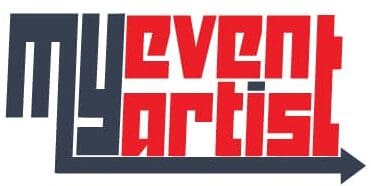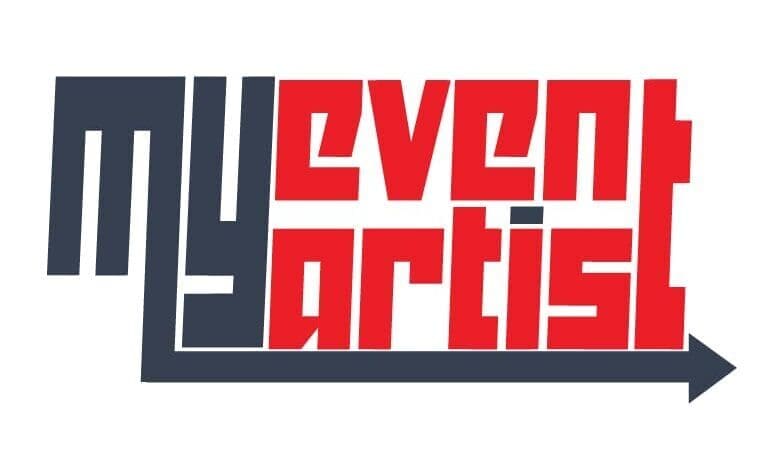Creating a standout logo is essential for establishing a unique identity for sports teams, brands, or businesses. Adobe Illustrator is a powerful tool that offers a multitude of features to help designers execute their visions effectively. Among these features, the Transform Tool plays a crucial role in modifying shapes, text, and design elements to produce creative and unique logos.
At My Event Artist, we specialize in designing distinctive logos for various sports teams and organizations. This guide will help you understand how to leverage the Transform Tool in Adobe Illustrator to create unique logos, providing actionable steps and practical tips for enhancing your design workflow.
Understanding the Transform Tool in Illustrator
What is the Transform Tool?
The Transform Tool is a feature in Illustrator that allows you to manipulate objects in a variety of ways, including:
- Moving: Changing the position of an object.
- Scaling: Resizing an object while maintaining its proportions or altering its dimensions.
- Rotating: Turning an object around a central point.
- Reflecting: Creating a mirrored version of an object.
- Shearing: Skewing an object in a particular direction.
These transformations can be used individually or combined to create intricate and unique designs.
Why is the Transform Tool Important for Logo Design?
- Flexibility: The Transform Tool provides designers with the flexibility to experiment with shapes and layouts quickly.
- Precision: Actions like scaling and rotating can be performed with precision, ensuring your logo elements align perfectly.
- Creativity: Utilizing this tool can lead to unexpected and creative results, pushing the boundaries of your design.
Step-by-Step Guide to Using the Transform Tool in Illustrator
Step 1: Set Up Your Document
- Open Adobe Illustrator: Start by launching the application.
- Create a New Document: Go to File > New and set your workspace size, commonly 1000 x 1000 pixels, for logo design.
Step 2: Create Base Shapes and Text
- Use Shape Tools: Begin by creating basic shapes that will form the foundation of your logo. This could include circles, rectangles, or polygons using the Shape Tool.
- Add Text Elements: Use the Type Tool (T) to add any text or branding elements that you want to include. Choose a font that complements your logo’s theme.
Step 3: Access the Transform Tool
- Selection: Select the shape or text you want to transform using the Selection Tool (V).
- Open Transform Options:
- For precise adjustments, go to Window > Transform to open the Transform panel, which provides options for moving, scaling, rotating, reflecting, and shearing objects.
Step 4: Move and Position Elements
- Moving Objects: To move an object, click and drag it with the selection tool. For precise movement:
- Input specific values in the Transform panel to change the X and Y coordinates.
- Using Arrow Keys: You can also nudge objects into position using the arrow keys on your keyboard for fine adjustments.
Step 5: Scaling Your Design
- Uniform Scaling: To maintain the proportions while scaling, hold down the Shift key while dragging a corner handle of the bounding box.
- Non-Uniform Scaling: For altering dimensions independently, hold the Alt key (Option key on Mac) while dragging a corner handle.
- Using Transform Panel: Enter specific values in the Width (W) and Height (H) fields to scale the object accurately.
Step 6: Rotating Elements
- Free Rotation: Click on the selection and move your cursor just outside one of the corner handles. When the cursor changes to a rotation icon, click and drag to rotate the object.
- Precise Rotation: For exact angles, open the Transform panel and enter a value in the Rotate field. You can also use the Rotate Tool (R) for more complex rotations.
Step 7: Reflecting Shapes
- Basic Reflection: With your object selected, go to Object > Transform > Reflect. Select either vertical or horizontal reflection as needed.
- Using the Transform Panel: You can also reflect an object by entering specific values in the Transform panel, ensuring accurate placement.
Step 8: Shearing for Creative Effects
- Select Your Object: Choose the shape or text you want to shear.
- Shear Tool: Navigate to Object > Transform > Shear. Input a degree value to define how much you want to skew the object.
- Experiment: Use the Shear Tool to create dynamic angles and visually interesting effects.
Step 9: Grouping Objects for Unity
- Select All Elements: To create a cohesive logo, group all transformed elements.
- Group Them: Right-click and select Group or use the shortcut Ctrl + G (Cmd + G on Mac). This allows for easy adjustment and movement of the entire logo without displacing individual components.
Step 10: Save and Export Your Logo
- Save Your Illustrator File: Go to File > Save As and save as an .ai file for future edits.
- Export for Various Uses: For different applications, use File > Export > Export As and select formats like SVG for web use, PNG for transparent backgrounds, or EPS for print.
Best Practices for Using the Transform Tool
1. Use Guides and Grids
Utilize the grid or guides to ensure that your transformations maintain alignment and proportion within the design. Activate the grid through View > Show Grid or use View > Guides > Show Guides.
2. Experiment with Combinations
Combine different transformations for unique results. For example, scaling and rotating simultaneously can create dynamic shapes that add interest to the logo.
3. Maintain Consistency
Ensure that transformed elements complement each other in style, weight, and proportions for a cohesive appearance.
4. Save Iterations
As you experiment with various transformations, save different design iterations (using Save As) to document your creative process and revert if necessary.
5. Gather Feedback
Share your transformed designs with peers or stakeholders to gather feedback on clarity and visual impact. This can help you refine and enhance your logo as needed.
Conclusion: Unlocking Creativity with the Transform Tool in Illustrator
Using the Transform Tool in Adobe Illustrator effectively can significantly enhance your logo design process, enabling you to create unique and dynamic logos for sports teams and other organizations. By following this guide and implementing the tips provided, you can harness the full potential of the Transform Tool to elevate your design work.
At My Event Artist, we specialize in helping you bring your vision to life through custom logo designs that reflect your brand’s spirit. Explore our extensive collection of print-ready vector logo designs, customizable fonts, and more by visiting My Event Artist Shop. If you’re interested in a custom logo design tailored specifically for your event or team, don’t hesitate to contact us!
Keywords: Adobe Illustrator, Transform Tool, logo design, graphic design, branding
#AdobeIllustrator, #TransformTool, #logodesign, #graphicdesign, #branding



Leave a Reply